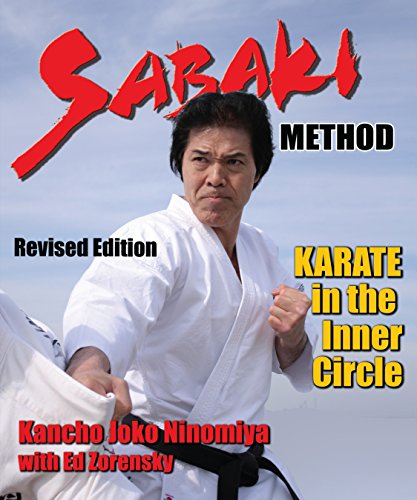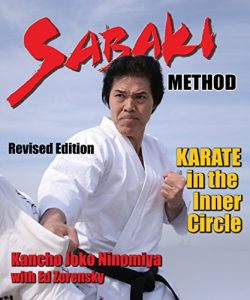Martial Arts Types – A Guide to Judo, Muay Thai, and Brazilian Jiu-Jitsu

There are many different kinds of martial arts, and there are several important factors to consider before deciding on one. This article will explain the differences between these arts and offer some suggestions on where to start your search. We will also discuss Brazilian Jiu-Jitsu as well as Muay Thailand. Each of these martial arts is unique and each one has its own masters. To help you choose which one to study, read on to learn more about the best way to get started.
Judo
In the past, people have regarded judo as a form of mixed martial arts. Its practice is based in two principles: mutual benefit and maximum efficiency of energies. Its influence spread throughout the world, resulting in many derivative martial arts. Today, judo can be found in a wide variety of other sports and activities.

Judo, a Japanese martial arts form, was derived from jujitsu. Jujitsu is a Japanese martial art that means “yielding”, and was developed by Dr. Jigoro Kano in the 1880s. Kano has a diverse background in martial art. Judo, an unarmed combat sport, emphasizes balance, leverage and movement. Although it has many similarities to other martial arts, the primary differences between it and others make it unique.
Muay Thai
Muay Thai first emerged in Thailand a couple of hundred years ago, and its initial form was a simplistic form of close combat. This martial art uses the whole body as a weapon. It is also known as “the Art of Eight Limbs”. Weapons are often used by arms. For example, the shins or forearms can often be made of an armor-like material. The elbow, knee, and legs are often used to make weapons.
Repetitive trauma to soft tissues is what causes most injuries in muay Thai. Muay Thai matches don’t have much padding so it is easy to strike your opponent’s legs and knees. A strain or sprain, which is preventable with proper warm-up and sparring skills, is the second most common type of injury. Fractures are the third most common injury. However, this is not something to worry about; most injuries are preventable with a good warm-up and proper technique.
Aikido
You might be wondering what the differences are between aikido and kung fu. First, you should know that kung fu focuses on physical strength while aikido focuses on self-defense. Both are considered martial arts. These are some guidelines to help you get started if you’re unsure.
Aikido is generally more appealing to mature intellectuals who are more able to think critically and avoid taking risks. This mental handicap can hinder action. The best martial artists understand this and strive for a state of mind that is completely free from all distractions. This is not ideal, even though many students believe it to be. Aikido is a mental discipline that requires students to be aware of.
Brazilian Jiu-Jitsu
The history of Brazilian Jiu-Jitsu goes back to ancient Buddhist monks in India, and it then spread to feudal Japan, where it became an effective way to protect oneself from harm. Today, Brazilian jiu-jitsu has grown into an international sport, and it has found a home in MMA, Muay Lao, and Yaw-Yan. Some believe it even moved into ancient Egyptian and Greek ruins.
Students learn to use pressure in different types of guard passes, including the double underhook stack, the smash pass, and other variations. Techniques that require pressure include the double-underhook stack pass, as well as the triangle guard pass. The styles of Rodolfo Vieira, Saulo Ribeiro, and Xande Ribeiro are well-known for their pressure passing style. Iron grips are an essential component of this style.
Chinese martial arts
The ancient Chinese philosophy of unity in the microcosm and macrocosm suggests that the human body reenacts cosmic processes, thereby achieving a state of union with the underlying principles of the universe – what Western scholars would call the divine. Hence, the Chinese martial arts have evolved from a purely physical style to one that combines a variety of internal and external techniques. This article explores the main differences between these two types of art.
Traditional Chinese martial arts have been associated strongly with patriotism. However, their practitioners are unable compete with Western fighters on the sporting field. Despite this, much of the literature on traditional Chinese combative arts is focused on contemporary discussions about collective Chinese identity. This article discusses how the CCP makes these martial arts a powerful propaganda tool and political tool. Political manipulation is therefore possible with the Chinese martial arts.
French boxing
From its African roots, French boxing has evolved into a style of martial art. It was developed by Joseph Charlemont, who made it popular in other parts of the world. Charlemont had first learned the sport while serving in Algeria’s army. He then continued his education under Louis Vigneron. Vigneron was one of Lecour’s top students. This type of martial arts is extremely competitive and requires intelligence, dexterity and balance to win.
Savate uses the same arm movements as boxing but the kicks are delivered at a lower height. Savate’s kicks are unique because they are only allowed to be delivered on the foot and not the shin and knee. In this style of fighting, male and female practitioners are known as tireurs or tireuse. The sport has been practiced in France ever since the 19th-century.
There are many different kinds of martial arts, and there are several important factors to consider before deciding on one. This article will explain the differences between these arts and offer some suggestions on where to start your search. We will also discuss Brazilian Jiu-Jitsu as well as Muay Thailand. Each of these martial arts…

